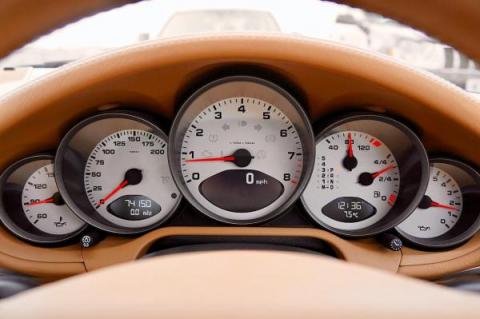Operations | Monitoring | ITSM | DevOps | Cloud
Logging
The latest News and Information on Log Management, Log Analytics and related technologies.
What Is Observability?
Logs vs Metrics: Pros, Cons & When to Use Which
As we at Splunk accelerate our cloud journey, we’re often faced with the decision of when to use logs vs metrics — a decision many in IT face. On the surface, one can do a lot by just observing logs and events. In fact, in the early days of Splunk Cloud, this is exactly how we observed everything. As we continue to grow, however, we find ourselves using a combination of both. This post lays out the overall difference in logs and metrics and when to best utilize each.
Splunk Data Insider: What is Observability?
An Introduction to AWS Monitoring with Prometheus and Logz.io
Prometheus is a widely utilized time-series database for monitoring the health and performance of AWS infrastructure. With its ecosystem of data collection, storage, alerting, and analysis capabilities, among others, the open source tool set offers a complete package of monitoring solutions. Prometheus is ideal for scraping metrics from cloud-native services, storing the data for analysis, and monitoring the data with alerts.
Optimize Application Performance with Code Profiling
When monitoring your application performance or troubleshooting an issue in production, context is key. The more information available, the faster the prevention of or detection of a user impacting issue. Observability tools offer many different features, like code profiling, to help contextualize your data. In this post, I’ll discuss what code profiling is and show an example of how it works.
A Complete Guide to Google's Core Web Vitals and How to Optimize Them
The success of your website lies in how satisfied your users are with it. To help ensure the quality of your user experience, Google uses various signals from a web page. The three Core Web Vitals are some of the most important ones. In this article, I’ll talk about what each Core Web Vital means and how to optimize them to deliver a better user experience.
5 Logstash Alternatives [2023 Review]
When it comes to centralizing logs to Elasticsearch, the first log shipper that comes to mind is Logstash. People hear about it even if it’s not clear what it does: – Bob: I’m looking to aggregate logs – Alice: you mean… like… Logstash? When you get into it, you realize centralizing logs often implies a bunch of things, and Logstash isn’t the only log shipper that fits the bill.
Parsing and enriching log data for troubleshooting in Elastic Observability
In an earlier blog post, Log monitoring and unstructured log data, moving beyond tail -f, we talked about collecting and working with unstructured log data. We learned that it’s very easy to add data to the Elastic Stack. So far the only parsing we did was to extract the timestamp from this data, so older data gets backfilled correctly. We also talked about searching this unstructured data toward the end of the blog.











